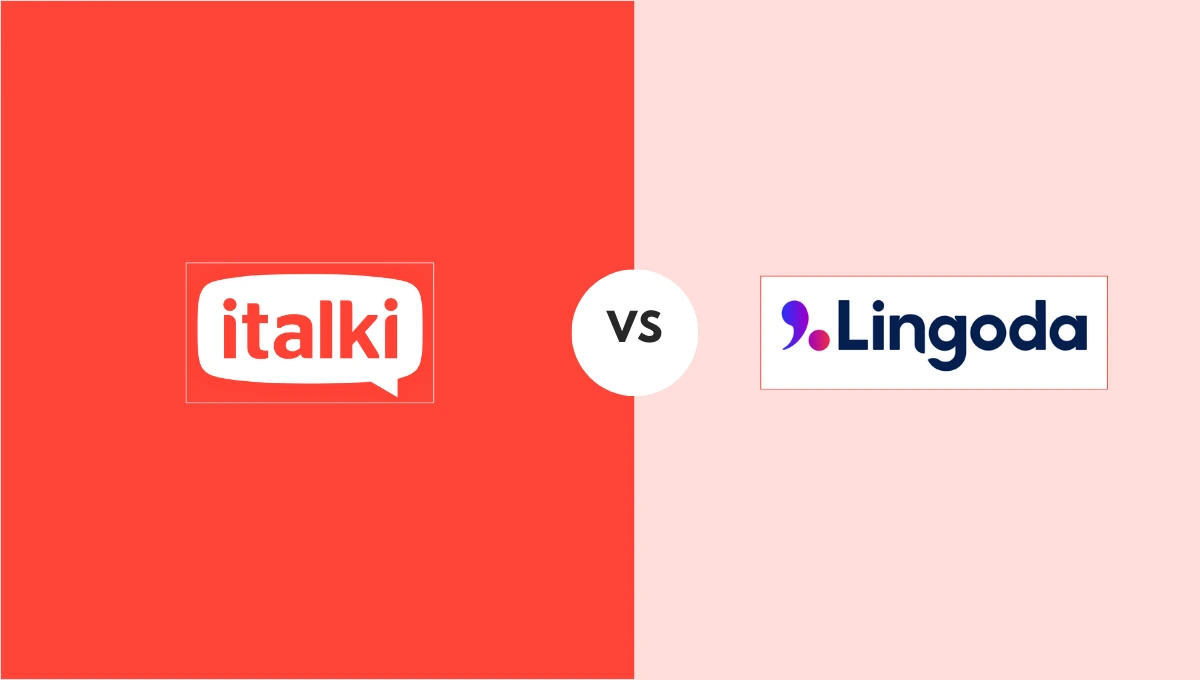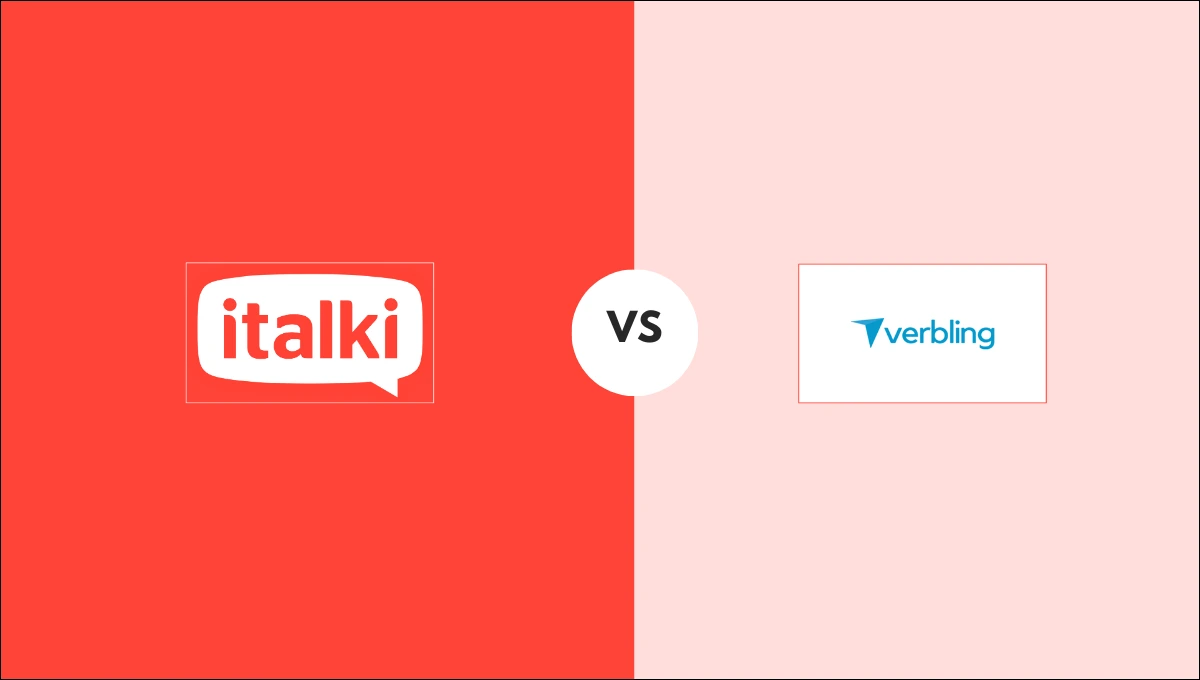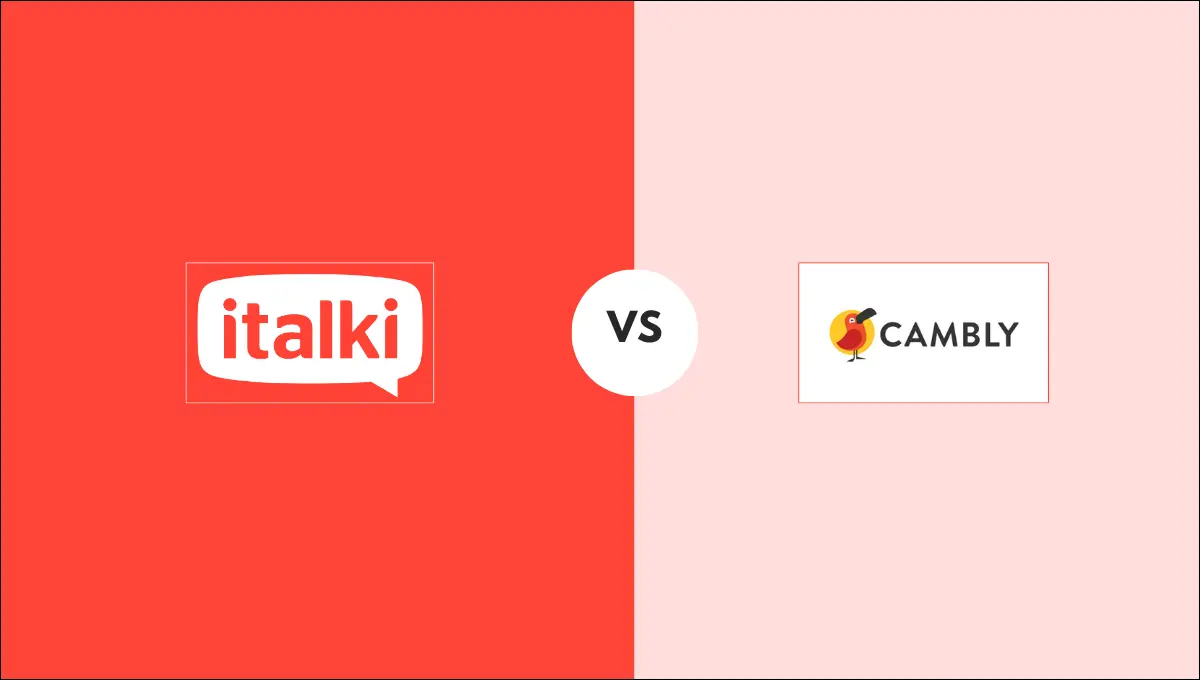How would you tell somebody what is your favorite color in Chinese? Seems difficult, right? But, in reality, it is super easy. This guide will assist you to learn Chinese online and enhance your vocabulary in Chinese like a pro. You will get to know about the Chinese colors meanings and their usage.
Which color do you like the most? Red, black or green? We often take the choice of colors very casually. But in reality, colors have a deep meaning and they depict our personality, our moods and taste, and the age group we fall in. Every color has its own story and meaning.
Knowing color names in different languages is not only super fun but is also very important. It makes you color literate in various languages helping you to carry out conversations in different languages gracefully and with ease. In this guide, we will try to make your color literate in Chinese. It will surely expand your knowledge base and make you use colors in Chinese just like the natives.
Learning color names is usually the first thing you will do while learning any foreign language. There are normally five to seven basic colors that are extremely significant to learn. But, learning only five to seven basic colors is not enough. Learning other colors is also essential if you want to use them in conversations and in real-life contexts.
Just like English, Chinese colors and their names also differ with respect to their shades. Learning them in detail with make you color literate in Chinese in real terms. So let’s get started!
Want to learn a language at italki?
Here are the best resources for you!
A quick hack to use the terms ‘light’ and ‘dark’
In Chinese, you can use the terms 深 (shēn) “dark” or 浅 (qiǎn) “light” to express the shades of the colors, just like you do in English. You can pair these terms with the names of the colors.
For instance,
深橙 (shēn chéng) = Dark orange
Below is the list of Chinese colors and their description so that you can know how to use these colors in sentences.
Red family 红色类 (hóng sè lèi)
Red 红色 (hóng sè) is one of the most prominent and highly used cultures in Chinese culture. Chinese people believe that this color is highly significant because it articulates strength, positive energy, and liveliness. This color is also largely used in their festivities and is known as the Chinese New Year color and the wedding color.
Just like in English, separate vocabulary is used for various varieties of red colors in Chinese. Some of the major varieties are:
1. 粉红 (fěn hóng) – Pink
2. 玫瑰红 (méi gūi hóng) – Rose red
3. 朱红 (zhū hóng) – Vermilion
4. 枣红 (zǎo hóng) – Maroon
5. 莲红 (lián hóng) – Lotus red
6. 深红 (shēn hóng) – Dark red
7. 辣椒红 (là jiāo hóng) – Chili red
8. 珊瑚红 (shān hú hóng) – Coral
9. 棕红 (zōng hóng) – Reddish brown
10. 鲜红 (xiān hóng) – Bright red
11. 绯红 (fēi hóng) – Scarlet
Idioms using red:
- 看破红尘 (kàn pò hóng chén) — “To see through the red dust of the world,” (It means to Buddhist simple lifestyle and give up all the worldly wishes and desires).
- 姹紫嫣红 (chà zǐ yān hóng) — “Beautiful purples and bright reds,” (This idiom is particularly used to describe the bright colored flowers bouquet).
- 面红耳赤 (miàn hóng ě chì) — “Face red and ears popping,” (This idiom is used to describe an angry person who is full of resentment).
- 红杏出墙 (hóng xìng chū qiáng) — “The red apricot tree leans over the garden wall,” (This idiom refers to a wife who has a side lover).
It is also very essential to study Chinese numbers along with Chinese colors so that you can assemble the sentences in a structured way and hold the conversations easily.
Yellow family 黄色类 (huáng sè lèi)
Yellow is considered to be one of the most graceful colors ever. This color is usually associated with the sun. Yellow is considered one of the most important colors in Chinese culture because it was worn by ancient Chinese emperors and is considered a depiction of power and authority. It is a happy color that brings positive energy.
Just like red, there are several varieties of yellow color. Some of the major ones are:
1. 桔黄 (jú huáng) – Tangerine
2. 柠檬黄 (níng méng huáng) – Lemon yellow
3. 橄榄黄 (gǎn lǎn huáng) – Olive yellow
4. 杏黄 (xìng huáng) – Apricot
5. 金黄 (jīn huáng) – Golden yellow
Idioms using Yellow:
- 明日黄花 (míng rì huáng huā) — “Chrysanthemums after the Double Ninth Festival,” (This idiom represents an outdated thing that is very old-fashioned).
- 人老珠黄 (rén lǎo zhū huáng) — “Old and yellow,” (This idiom refers to an old woman).
- 青黄不接 (qīng huáng bù jiē) — “The yellow crop of autumn doesn’t last until the green of spring,” (This represents the unavailability of resources making it difficult to make ends meet).
You may feel it difficult to read and memorize Chinese idioms, but this process becomes super easy and interesting when you learn to read Chinese. Once you start reading the Chinese words and their meaning, you will be able to use them in your sentences easily.
Green family 绿色类 (lǜ sè lèi)
The color green is associated with growth and nature. It is a fresh color that uplifts the mood and is a great source of motivation to move forward. Green-colored jewelry is highly popular in China and has great significance in Chinese history.
Some of the major varieties of green color are:
1. 豆绿 (dòu lǜ) – Bean color
2. 橄榄绿 (gǎn lǎn lǜ) – Olive green
3. 茶绿 (chá lǜ) – Tea green
4. 葱绿 (cōng lǜ) – Scallion green
5. 苹果绿 (píng gǔo lǜ) – Apple green
6. 森林绿 (sēn lín lǜ) – Forest green
7. 水草绿 (shǔi cǎo lǜ) – Seaweed
8. 草绿 (cǎo lǜ) – Grass green
Idioms using green:
- 红男绿女 (hóng nán lǜ nǚ) — “Red gentlemen and green ladies,” (It refers to young people outfitted in fancy clothes).
- 柳绿花红 (lǐu lǜ huā hóng) — “Green willows and red flowers,” (It means the colors of spring).
- 脸都绿 (liǎn dōu lǜ le) — “Green in the face,” (It means looking sick or unwell).
- 花花绿绿 (huā huā lǜ lǜ) — “Lots of flowers and green,” (It means colorful and flashy).
Blue family (lán sè lèi) 蓝色类
Blue 蓝色 (lán sè) has a strong association with the ocean and is considered a lavish color. Chinese also associate this color with grief and sadness.
There are several varieties of blue color:
1. 天蓝 (tiān lán) – Sky blue
2. 蔚蓝 (wèi lán) – Azure
3. 月光蓝 (yuè guāng lán) – Moonlight blue
4. 海洋蓝 (yuè guāng lán) – Sea blue
5. 湖蓝 (hú lán) – Lake blue
Idiom using blue:
- 青出于蓝 (qīng chū yú lán) — “Green supersedes blue,” (It means that the younger generation exceeds the older one).
Orange family 橙色类 (chéng sè lèi)
Orange 橙色 (sè lèi) is a lively color. It also has several varieties.
1. 橙红色 (chéng hóng sè) – Reddish orange
2. 柿子橙 (shì zǐ chéng) – Persimmon
3. 阳橙 (yáng chéng) – Sun orange
4. 热带橙 (rè dài chéng) -Tropical orange
5. 蜜橙 (mì chéng) – Honey orange
6. 深橙 (shēn chéng) – Dark orange
Idioms using orange:
- 红橙黄绿蓝靛紫 (hóng chéng huáng lǜ lán diàn zǐ) — “Red, orange, yellow, green, blue, indigo, purple,” (It means all the colors of the rainbow).
White family 白色类 (bái sè lèi)
White 白色 (bái sè) is a superior color that depicts purity and goodness. It also has several varieties:
1. 象牙白 (xiàng yá bái) – Ivory
2. 牡蛎白 (mǔ lì bái) – Oyster white
3. 珍珠白 (zhēn zhū bái) – Pearl white
4. 玉石白 (yù shí bái) – Jade white
5. 银白 (yín bái) – Silvery white
6. 米白 (mǐ bái) – Beige
Idioms using white:
- 一穷二白 (yī qióng è bái) — “First poor then white,” (It is used to describe someone financially broke).
- 唇红齿白 (chún hóng chǐ bái) — “Red lips and white teeth,” (It is used to describe a beautiful female mouth).
Black family 黑色类 (hēi sè lèi)
Black 黑色 (hēi sè) is the most trendy and sophisticated color. It has various varieties and shades and is often worn by older ladies in Chinese culture.
1. 土黑 (tǔ hēi) – Soil- or earth-colored
2. 煤黑 (méi hēi) – Coal black
3. 碳黑 (tàn hēi) – Soot black
4. 古铜黑 (gǔ tóng hēi) – Black like the color of old copper
5. 铁黑 (tiě hēi) – Black like iron
Idioms using black:
- 起早贪黑 (qǐ zǎo tān hēi) — “Rise early and desire the dark,” (It means to wake up early and sleep late).
- 颠倒黑白 (diān dǎo hēi bái) — “Reverse black and white,” (It means to distort the truth).
These were some of the major color families and their varieties. Learning these varieties will help you understand conversations and Chinese writing systems with ease and comfort. Learning the basic colors is not enough. It looks cool when you know various shades and varieties.
To learn these colors and their varieties, you can seek assistance from online Chinese teachers. These teachers will help you vast your vocabulary list and provide you with the real-contexts and examples for better understanding and clarity.

Find Your Perfect Teacher
At italki, you can find your Chinese tutor from all qualified and experienced teachers. Now experience the excellent language learning journey!
Book a trial lesson














